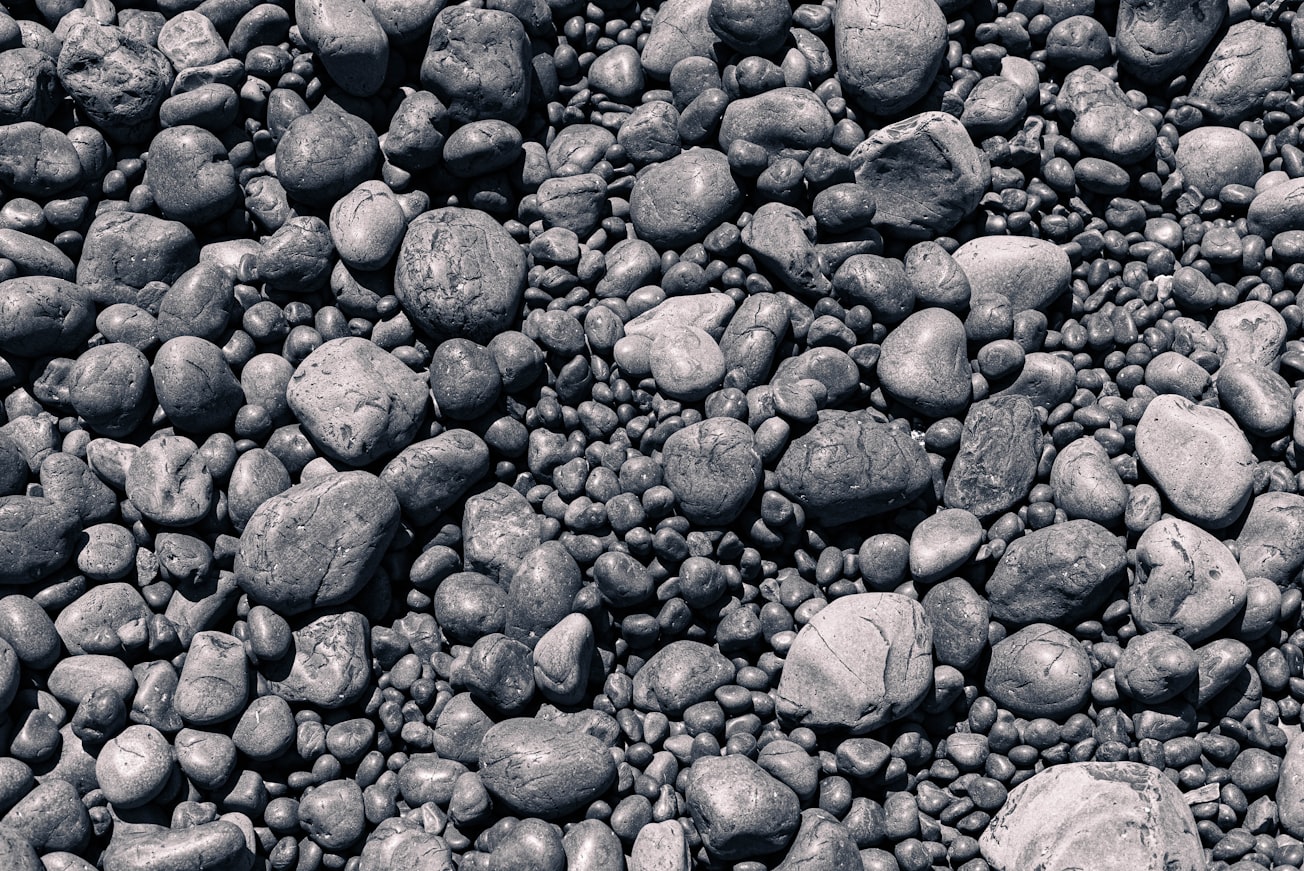What is it about?
This article provides an overview of conventional strain sensors manufacturing techniques, such as in situ polymerization, solution blending, and electrospinning. It also covers various additive manufacturing techniques such as vat-photopolymerization, material extrusion, material jetting, sheet lamination, and the most common graphene synthesis techniques like chemical-based, vapor deposition, exfoliation, and mechanical-based methods.
Featured Image

Photo by Mitchell Griest on Unsplash
Why is it important?
This publication is important because it summarizes a set of techniques for obtaining graphene sensors widely used in the industry. The review is also completed with a discussion about the sensing mechanisms of strain sensors, considering the various process parameters to characterize and compare the performance of a strain sensor. Finally, we examine several key aspects of the sensor’s component materials, the type of sensing mechanism, and the appropriate manufacturing process.
Perspectives
In this work, the characteristics that the materials used as the substrate, sensing, and signal transfer must present are defined, highlighting the importance of their adequate selection to enhance the individual characteristics of each material in terms of the best-performing sensor. And proposes different graphene fabrication techniques, which not only seek to obtain a unique and superior quality but also surface area; for this reason, an exploration of the different techniques used is also. Which are in continuous progress and permanent study.
Dr. Ing. Marcelo R. Pagnola
INTECIN (UBA - CONICET)
Read the Original
This page is a summary of: Manufacturing and Measuring Techniques for Graphene-Silicone-Based Strain Sensors, JOM, October 2022, Springer Science + Business Media,
DOI: 10.1007/s11837-022-05550-3.
You can read the full text:
Contributors
The following have contributed to this page







